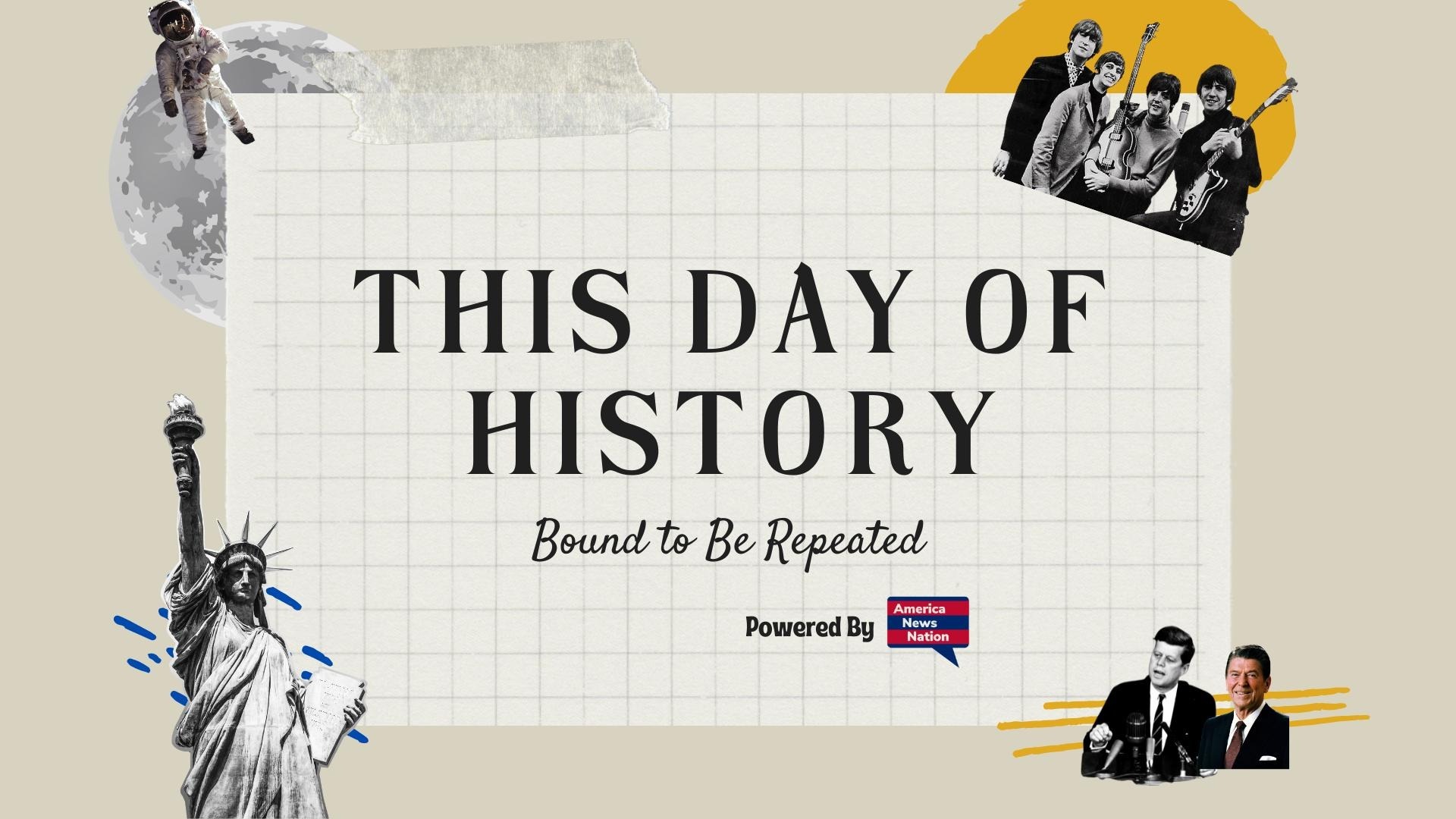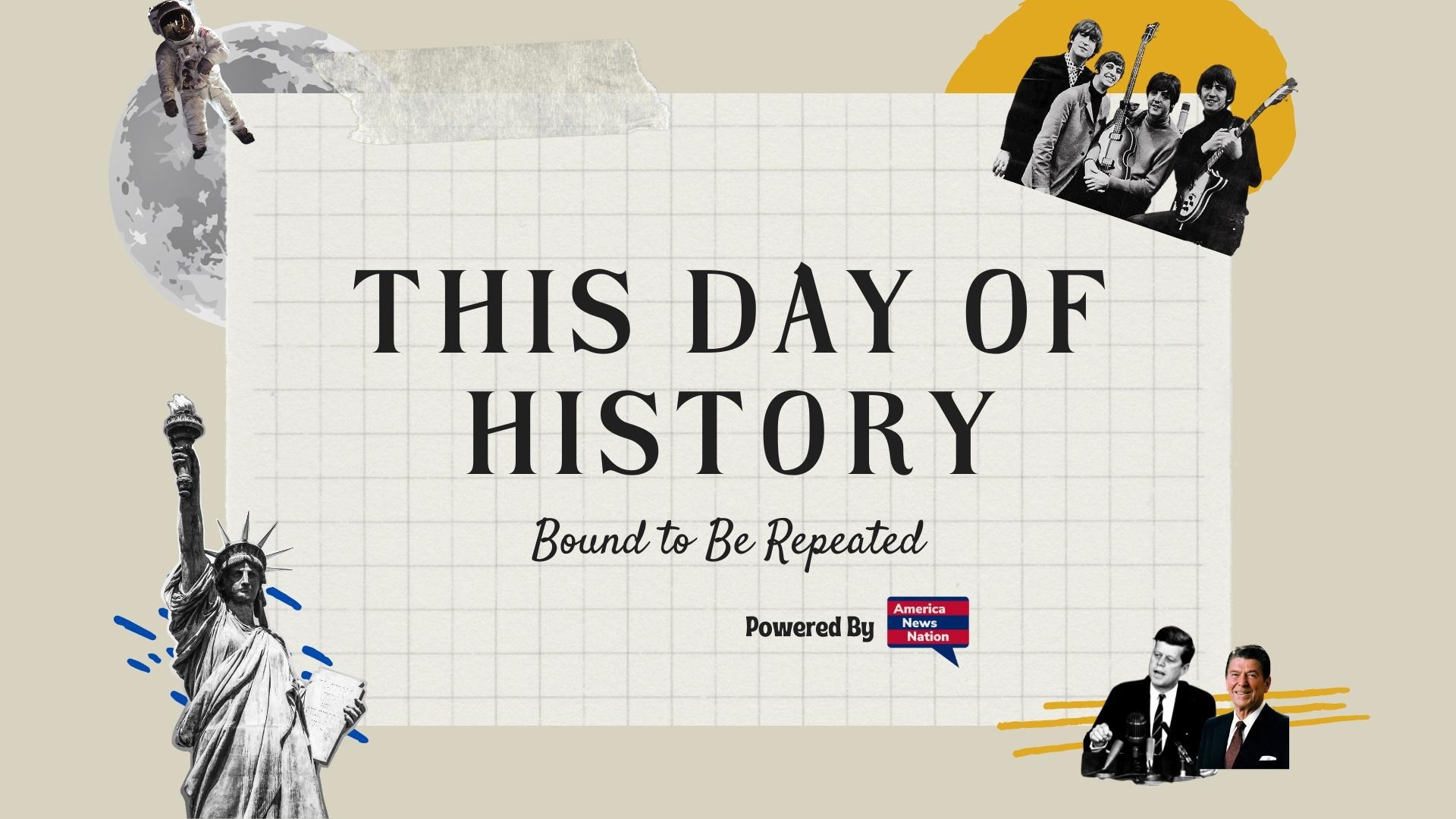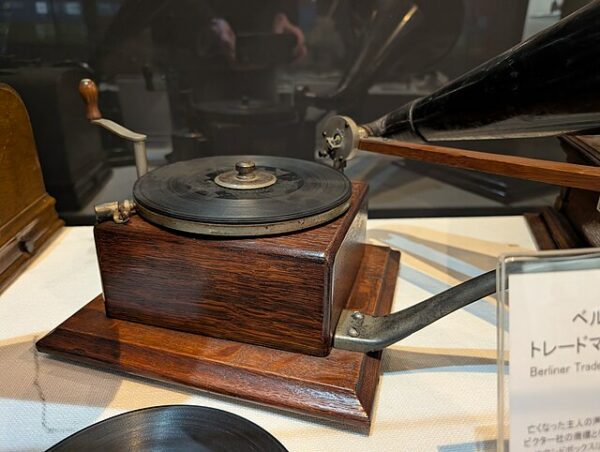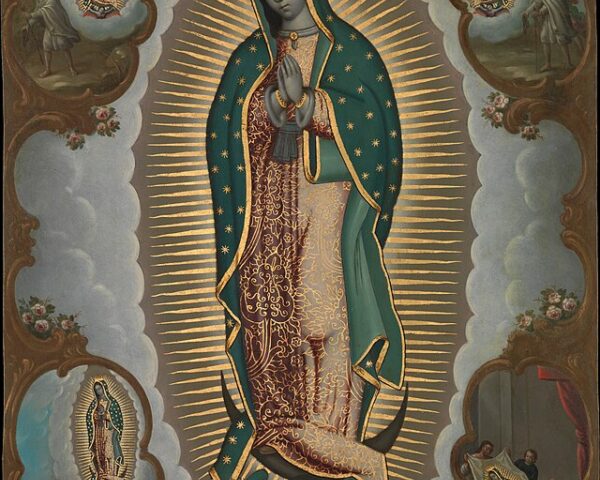On a summer day in 1888, in a London church brimming with both acoustics and ambition, George Edward Gouraud—an American-born Civil War veteran turned English promoter—captured something no one before him had ever successfully preserved in such form: the grandeur of classical choral music, etched onto wax. Using one of Thomas Edison’s most recent technological marvels—the phonograph cylinder—Gouraud recorded a performance of George Frideric Handel’s Israel in Egypt, marking a pivotal moment not only in the history of sound recording, but in the preservation of musical heritage itself.
At the time, sound recording was still a nascent and temperamental science. Edison’s phonograph, introduced in 1877, had been hailed as a curiosity more than a practical device. Early recordings were limited to brief, scratchy utterances or phonetic tests. But in 1888, Gouraud, who had become Edison’s phonograph envoy in Britain, set out to demonstrate the machine’s real-world potential on a grander scale. His opportunity came when a large choir—some accounts say nearly 4,000 voices—assembled at London’s Crystal Palace to perform Israel in Egypt, one of Handel’s most dramatic oratorios. Gouraud placed the phonograph near the conductor’s platform and began to record.
The results, by today’s standards, are rudimentary. The original wax cylinder captured only faint traces of orchestral instruments and blurred choral harmonies—more ghost than performance. Yet to Victorian ears, the idea that a moment in time—a living work of art—could be replayed again and again without the musicians’ presence was nearly mystical. For decades, this recording was believed to be the oldest surviving example of music captured from a live performance, giving it a kind of mythic status in the annals of both technology and culture.
Historians and archivists would later debate whether it truly deserves the title of “oldest known music recording.” Earlier in 1860, Édouard-Léon Scott de Martinville had used his phonautograph to capture sound waves onto soot-blackened paper, including fragments of French folk songs. But Scott’s invention could not play back audio; it was a visual record only. Not until the 21st century, using modern imaging techniques, were those 1860 phonautograms translated into playable sound—meaning that, for more than a century, Gouraud’s 1888 cylinder stood as the earliest audible artifact of music.
The choice of Israel in Egypt was symbolic as well as practical. Handel’s 1739 oratorio—based largely on Biblical passages from Exodus—depicts the Israelites’ suffering and liberation through grand, sweeping choruses and dramatic orchestration. Its music, already more than a century old at the time of the recording, was part of a broader 19th-century revival of Handel’s works, particularly in England where his compositions had become almost sacred national art. To capture Israel in Egypt on wax was to preserve not only a performance, but a cultural canon.
Gouraud’s work inspired further experiments and demonstrated the feasibility of recorded concerts. The phonograph cylinder, though soon eclipsed by the gramophone disc, became a staple of early sound preservation and dissemination. More recordings followed: speeches, operas, folk songs, and soon enough, popular music. The technology transformed not only how music was distributed, but how it was composed, performed, and remembered.
Today, the surviving fragment of that 1888 recording—preserved in the British Library—offers more than just a sonic curiosity. It is a faint yet powerful testament to human ingenuity, to the relentless desire to bridge time through art and invention. In its scratches and warbles, one hears the early struggle to trap time in a box, to cheat mortality by capturing fleeting beauty.
And in that struggle, George Edward Gouraud did more than capture a performance. He helped inaugurate a new era in which the past could speak—and sing—once more.






